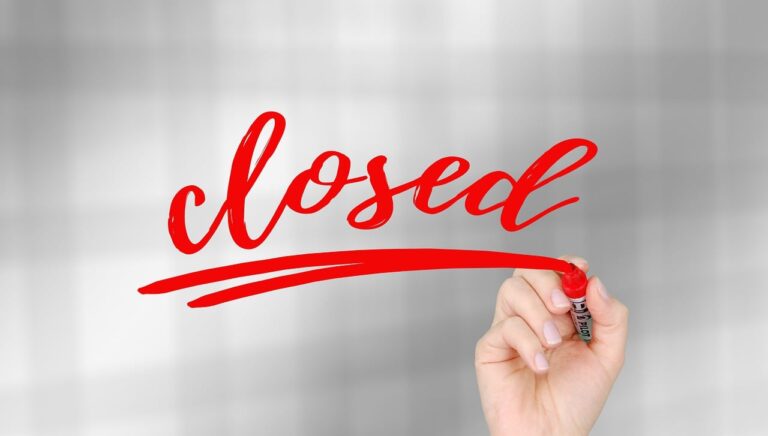Weekly Fiscal Facts are provided to Wisconsin Newspaper Association members by the Wisconsin Policy Forum, the state’s leading resource for nonpartisan state and local government research and civic education. The Wisconsin Policy Forum logo can be downloaded here.
After a decade of modest increases, property taxes in Wisconsin have risen more rapidly over the past two years. Factors contributing to the growth include voter-approved school referenda, increases in state revenue limits on schools, and greater levies by municipalities and counties to make debt payments.
Local governments and school districts have been under tight state caps on local property tax levies for the last decade. Yet with state aid also limited and few other taxes available to local governments, elected officials at the community level have turned increasingly to a small number of exceptions in state law that allow them to raise property taxes — including voter referenda for school districts to borrowing for municipalities and counties.
Our analysis of state data finds that on December 2020 tax bills alone, property taxes statewide were more than $1.1 billion higher than they otherwise would have been because of successful voter referenda to allow school building projects and increased spending on operations. This year, school levies rose by up to $136.1 million over the previous year due to referenda provisions taking effect.
For 2020-2021 property taxes that were billed in December 2020 and paid into 2021, state Department of Revenue data shows the gross statewide levy was $12.02 billion, an increase of 3.4% over the previous year. That followed a 3.7% rise the previous year, with both years outpacing inflation and marking the two largest increases since 2009-2010.
While increasing at a faster pace over the last two years, property taxes have remained mostly in check and the state has seen its property tax burden (measured as the ratio of property taxes to personal income) fall to its lowest level in at least the past half-century. Yet the limits and the exceptions to them may be having unintended consequences.
Municipalities and counties, in particular, are turning increasingly to borrowing, an exception under state limits. From 2010-2011 to 2020-2021, the combined use of this exception for payments on municipal and county debt issued after July 2005 rose from $333.6 million to $920 million, a 175.8% increase.
This finding suggests state-imposed levy limits may be leading some local governments to use debt for spending they would have once paid for with cash. That may not be financially sustainable, particularly if currently low interest rates rise.
This information is provided to Wisconsin Newspaper Association members as a service of the Wisconsin Policy Forum, the state’s leading resource for nonpartisan state and local government research and civic education. Learn more at wispolicyforum.org.



